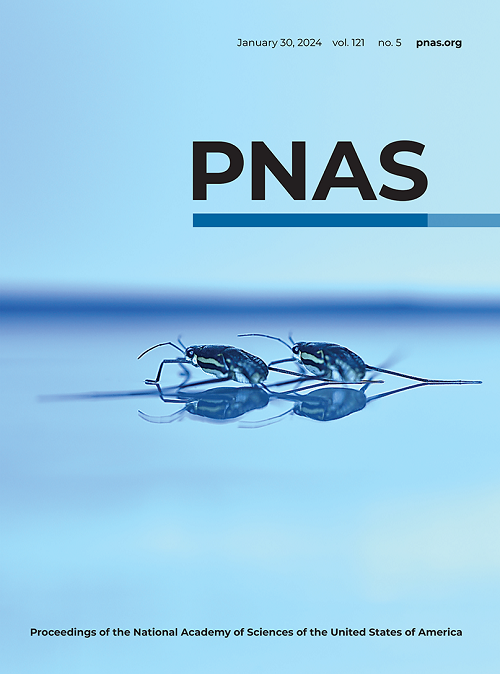Tenure and research trajectories
IF 9.1
1区 综合性期刊
Q1 MULTIDISCIPLINARY SCIENCES
Proceedings of the National Academy of Sciences of the United States of America
Pub Date : 2025-07-22
DOI:10.1073/pnas.2500322122
引用次数: 0
Abstract
Tenure is a cornerstone of the US academic system, yet its relationship to faculty research trajectories remains poorly understood. Conceptually, tenure systems may act as a selection mechanism, screening in high-output researchers; a dynamic incentive mechanism, encouraging high output prior to tenure but low output after tenure; and a creative search mechanism, encouraging tenured individuals to undertake high-risk work. Here, we integrate data from seven different sources to trace US tenure-line faculty and their research outputs at a remarkable scale and scope, covering over 12,000 researchers across 15 disciplines. Our analysis reveals that faculty publication rates typically increase sharply during the tenure track and peak just before obtaining tenure. Post-tenure trends, however, vary across disciplines: In lab-based fields, such as biology and chemistry, research output typically remains high post-tenure, whereas in non-lab-based fields, such as mathematics and sociology, research output typically declines substantially post-tenure. Turning to creative search, faculty increasingly produce novel, high-risk research after securing tenure. However, this shift toward novelty and risk-taking comes with a decline in impact, with post-tenure research yielding fewer highly cited papers. Comparing outcomes across common career ages but different tenure years or comparing research trajectories in tenure-based and non-tenure-based research settings underscores that breaks in the research trajectories are sharply tied to the individual’s tenure year. Overall, these findings provide an empirical basis for understanding the tenure system, individual research trajectories, and the shape of scientific output.终身教职和研究轨迹
终身教职是美国学术体系的基石,但人们对其与教师研究轨迹的关系仍知之甚少。从概念上讲,终身教职制度可以作为一种选择机制,筛选高产出的研究人员;动态激励机制,鼓励任期前高产出、任期后低产出;创造性的搜索机制,鼓励终身教职员工承担高风险工作。在这里,我们整合了来自七个不同来源的数据,以惊人的规模和范围追踪美国终身教职员工及其研究成果,涵盖了15个学科的12,000多名研究人员。我们的分析显示,在获得终身教职期间,教师的发表率通常会急剧上升,并在获得终身教职之前达到峰值。然而,终身教职后的趋势因学科而异:在以实验室为基础的领域,如生物学和化学,研究产出通常在终身教职后保持较高水平,而在非实验室领域,如数学和社会学,研究产出通常在终身教职后大幅下降。教职员工在获得终身教职后,越来越多地进行新颖、高风险的研究,转向创造性研究。然而,这种向新颖性和冒险性的转变伴随着影响力的下降,终身职位后的研究产出的高被引论文越来越少。比较相同职业年龄但不同任期的研究结果,或者比较基于终身教职和非终身教职的研究轨迹,可以强调,研究轨迹的中断与个人的任期密切相关。总体而言,这些发现为理解终身教职制度、个人研究轨迹和科学产出形态提供了实证基础。
本文章由计算机程序翻译,如有差异,请以英文原文为准。
求助全文
约1分钟内获得全文
求助全文
来源期刊
CiteScore
19.00
自引率
0.90%
发文量
3575
审稿时长
2.5 months
期刊介绍:
The Proceedings of the National Academy of Sciences (PNAS), a peer-reviewed journal of the National Academy of Sciences (NAS), serves as an authoritative source for high-impact, original research across the biological, physical, and social sciences. With a global scope, the journal welcomes submissions from researchers worldwide, making it an inclusive platform for advancing scientific knowledge.

 求助内容:
求助内容: 应助结果提醒方式:
应助结果提醒方式:


